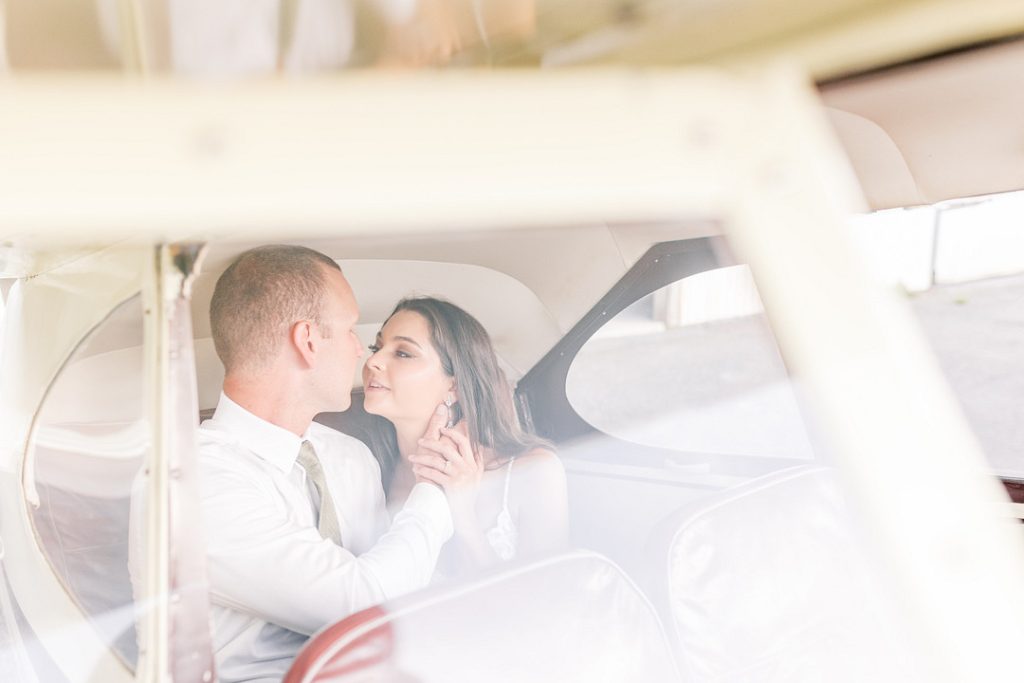How to Write Photography Blog Articles When You Hate to Write
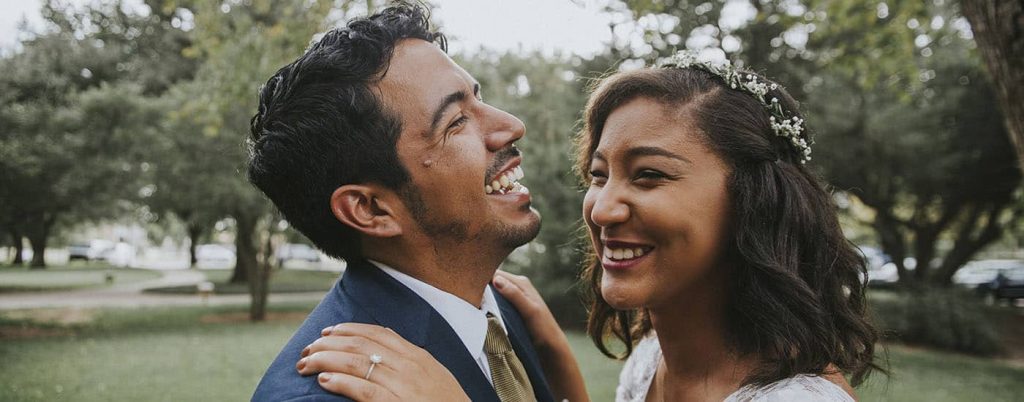
These easy, actionable blogging tips for photographers will make your blog easy to write and fun to read – even if you hate to write! (Featuring VELVET SAGE PHOTOGRAPHY)
Blogging: you know you need to do it. Your clients love it, and – admit it – you adore seeing the highlights of a beautiful session showcased on your blog.
You’ve also learned that blogging is important. A steady stream of creatively conceived copy helps boost your website’s visibility on search engines, and makes it easier for new clients to find you!
The bad news? You hate writing.
You can never think of what to say, or you find yourself saying the same things over and over again – and you’re pretty sure no one is reading your ramblings anyway.
So how do you become a better blogger when you hate to write? We’ve got your back…

Photo by KATIE ANN BROWN, VELVET SAGE PHOTOGRAPHY
Build A Listicle
Quit crafting a novel after every session. Instead, try a listicle! Like those “top ten” lists you find on Buzzfeed or HuffPo, your listicle can have any theme. Try one of these examples:
- 25 Wedding Moments That Will Make You Swoon
- Top 5 Group Poses for Big Families
- Best Senior Looks of 2017
- Best Maternity Photoshoot Themes
- 10 Things Couples Should Know About a Wedding Photographer
- 5 Reasons Why You Should Hire a Brand Photographer For Your Business
“I don’t like to blog a shoot and write, ‘Here’s so-and-so. They got married. Look at these pics!’ Instead, I love to attach a topic to the images, and create an educational post that readers will find helpful!” – Katie Ann Brown, Velvet Sage Photography
Writing in list format allows you to quickly share ideas or stories. No need to create an entire essay! Write only a sentence or two for each list item.
Define Your Theme
Choose a theme! This gives your blog post a focus, and keeps you from rambling on… and on… and on… Your theme can feature photos from a single session, or curate photographs from multiple shoots.
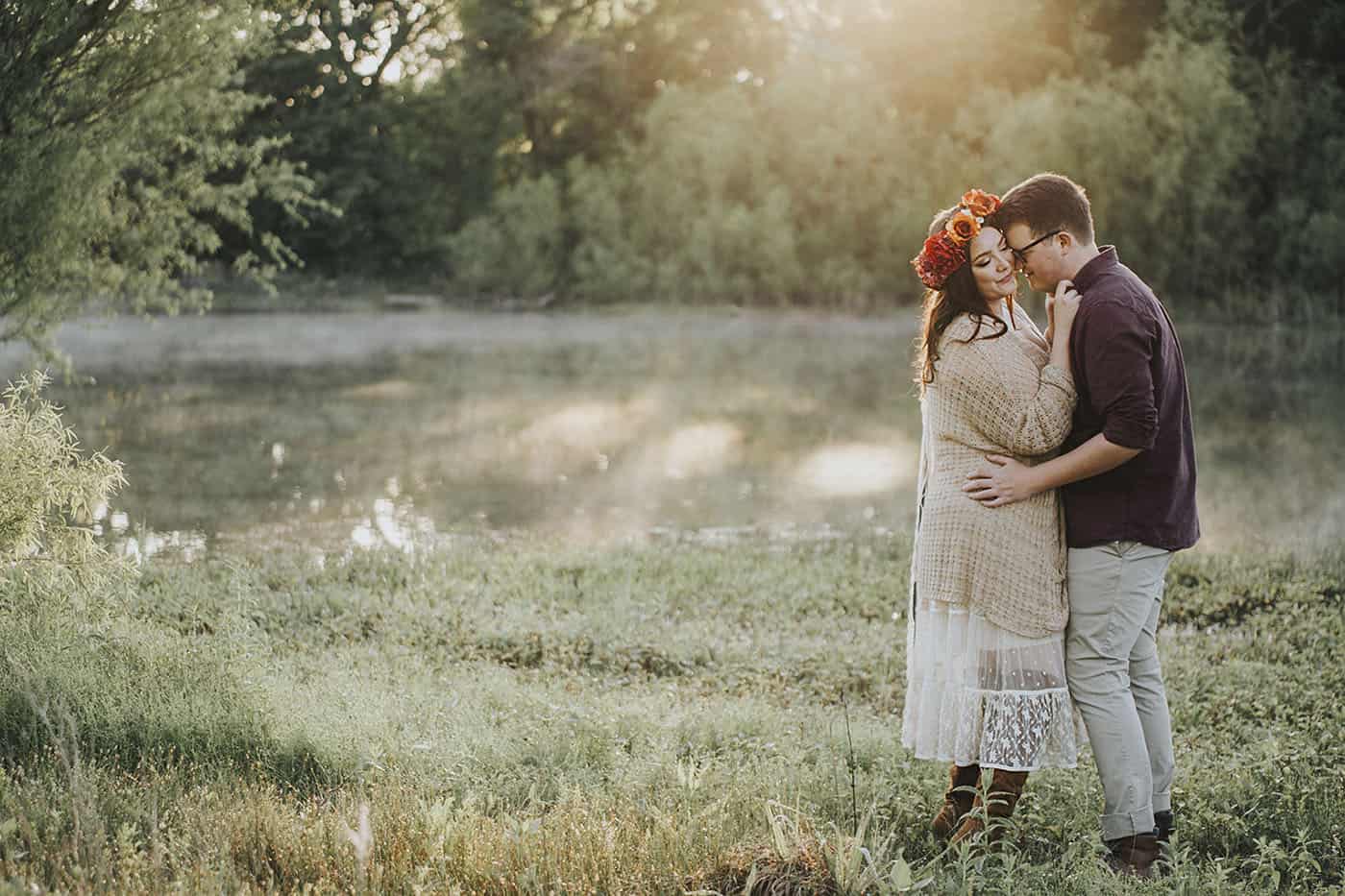
Photo by KATIE ANN BROWN, VELVET SAGE PHOTOGRAPHY
Select Your Pictures
Select the photographs for your post, then craft a bit of copy to accompany each image. The photographs could be directly tied to the text, or they could simply be a visual break.
Examples:
- In The 5 Best Wedding Venues In Fort Worth, each image aligns exactly with Katie’s copy!
- In Katie’s blog post, 5 Unique Ways To Save On Your Wedding, the photos don’t actually depict people saving money. They’re just there to make the blog post more visually interesting.
Pro Tip: Values-Driven
Use your blog to communicate your values to prospective clients! Katie highlighted her love of intimate weddings in her clever blog listicle, 5 Reasons To Elope.
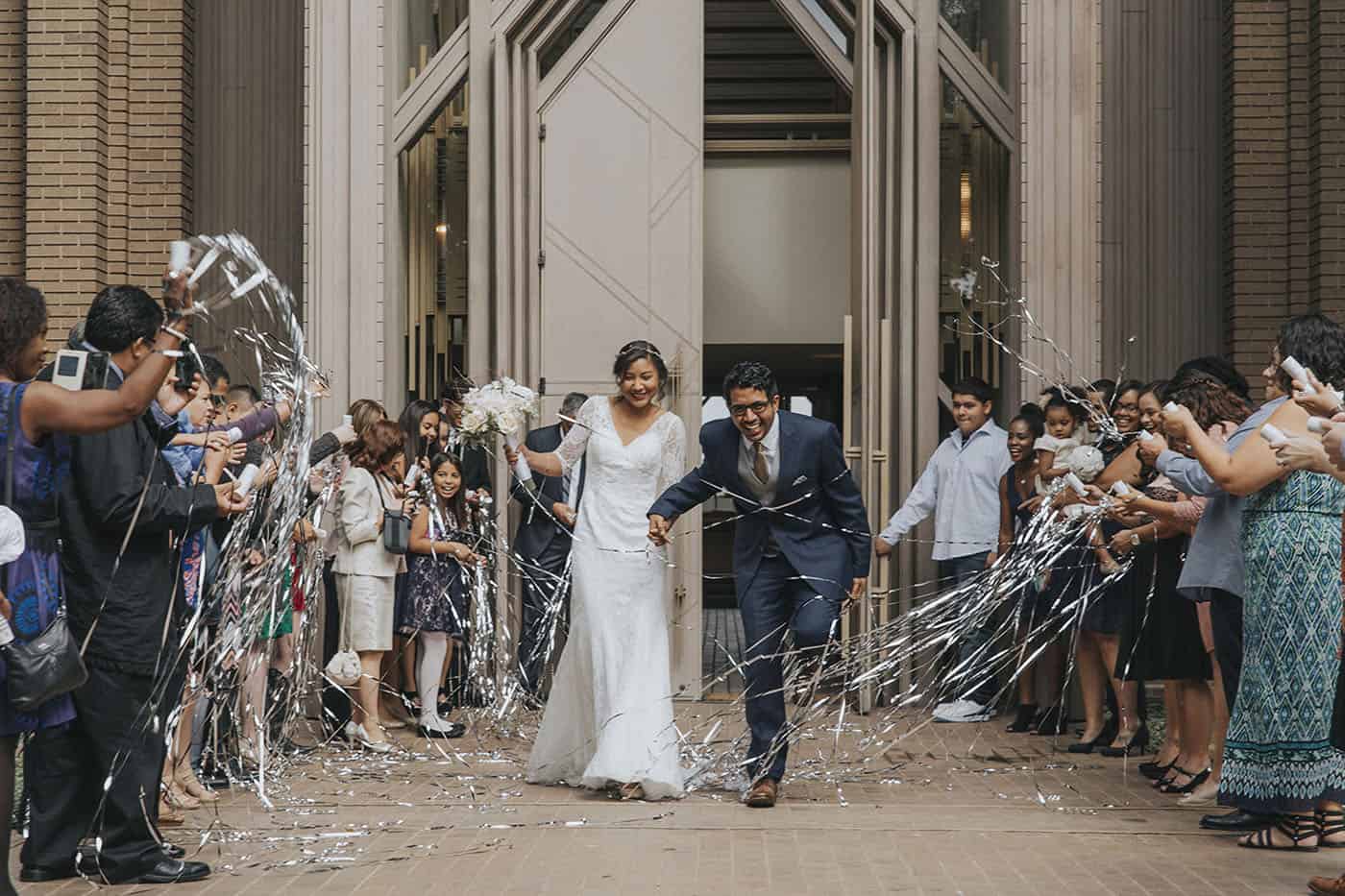
Photo by KATIE ANN BROWN, VELVET SAGE PHOTOGRAPHY
Learn Some Blogging Basics
While you don’t have to be an expert in writing, it pays to have some blogging tricks up your sleeve. Since people tend to skim when reading, here are some things to remember for you to capture their attention when you start writing:
Use Wordplay to Craft Witty Yet Descriptive Titles
The title is equally important as the content. They are interconnected and cannot succeed without each other. To start brainstorming titles, you can try thinking through the following ideas:
- Normal: The most straightforward and common method of formulating a title. (Tips to Capture Stunning Portraits)
- Question: Igniting the interest and curiosity of your readers by asking questions, so that they will want to read the post and get the answers. (What Are Tips to Capture Stunning Portraits?)
- How-To: A problem-solution approach that offers information to a photographer about a range of topics. (How to Make Portraits Look Stunning)
- Number: Numbers, especially small and odd ones, work better as they show that the blog is concise yet informative. (7 Tips to Capture Stunning Portraits)
- Reader-Addressing: This gets a photographer to think and feel about their alleged “need” by addressing concerns and offering solutions. (Tips You Need to Follow to Shoot Stunning Portraits)
Research and Link Relevant Information
When writing a blog post for your photography website, make sure to link out to other relevant and informative sources. Don’t try to be the expert on everything, and citing reliable sources also increases your credibility. By adding the links you find and read online, you can instill credibility that your content relies on research and knowledge beyond your experience as a photographer.
Links provide more in-depth value for your readers. They serve as complementary or related information to add layers of context and meaning. If you have first-hand information that you think is relevant for a certain post, you can add internal links like:
- Your services, About Us, Contact Us, and FAQ pages.
- An existing blog post about a particular topic.
Aside from including links from your site, you can also get external links from other blogs or credible websites such as:
- Studies or articles you’re referencing in the post.
- Services or products you’re reviewing.
- Popular news sites or journals.
- Blog posts from a fellow photographer, vendor, or business partner.
Tell Your Own Story
Sure – they’re your clients’ photographs. But remember: the only story you can share is your own.
Even when you’re sharing someone else’s story, you’re sharing it from your perspective. Embrace that perspective and reveal your thoughts and feelings to the reader. It is possible to remain professional while also opening yourself up to your audience. Don’t be afraid to connect emotionally with your work – and your readers!
When Blogging A Wedding…
Did this wedding remind you of a sweet moment in your own wedding? Share that memory in a single, short paragraph at the beginning of your blog post.
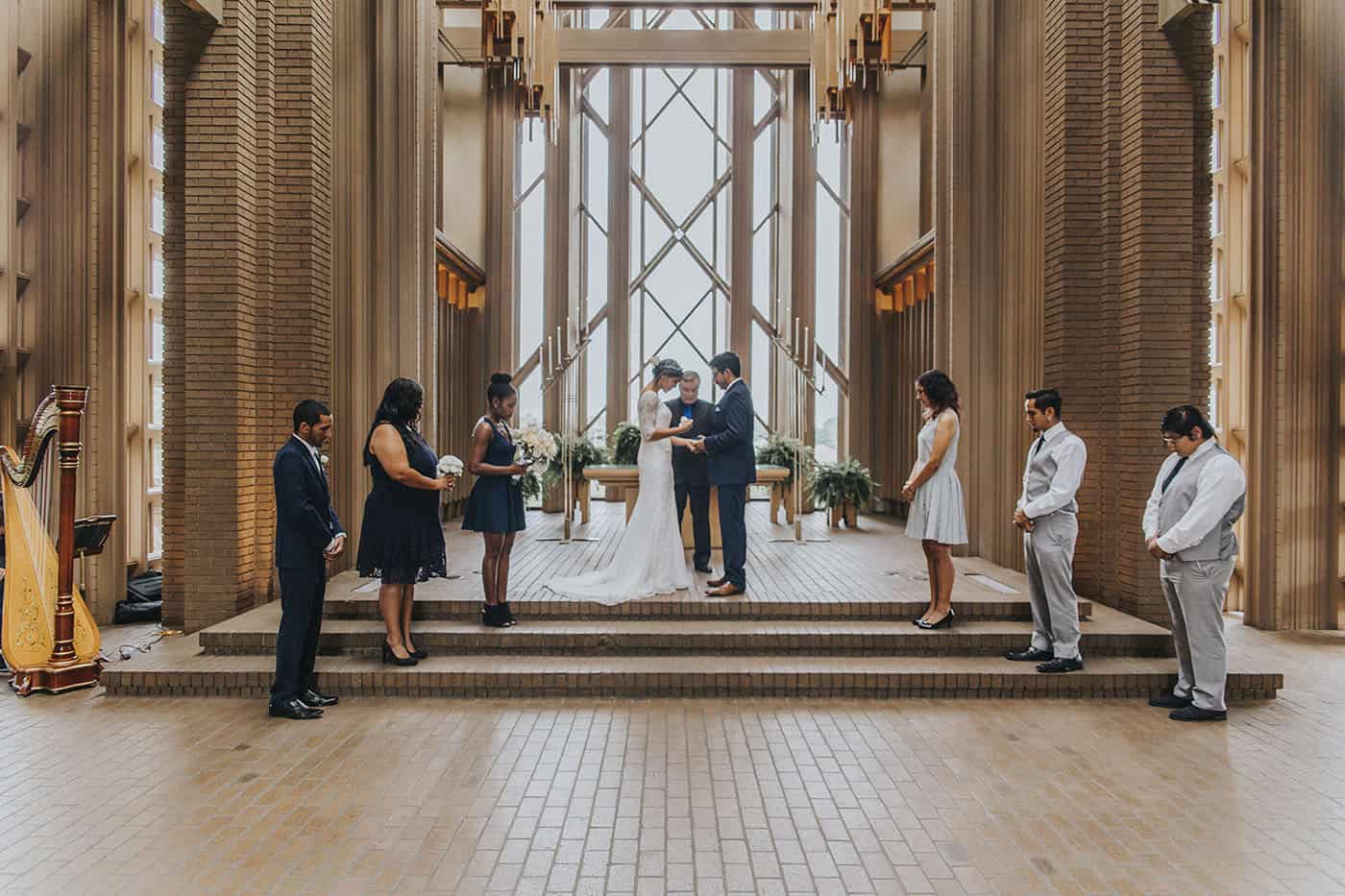
Photo by KATIE ANN BROWN, VELVET SAGE PHOTOGRAPHY
When Blogging A Family Session…
Did the kids do something that made you belly-laugh? Recount the moment, sweetly and briefly, and share why experiences like this one keep you coming back for more!
When Blogging Newborn Portraits…
Did you use any special tricks to help the baby relax and sleep? Share one or two short insights into your approach!
“Most of my blog posts are inspired by things I experienced first-hand on the shoot day!” – Katie Ann Brown, Velvet Sage Photography

Photo by KATIE ANN BROWN, VELVET SAGE PHOTOGRAPHY
Katie allowed herself to feel deeply with both photos and words when she blogged about two very different birth stories: one about a baby who didn’t survive, and one about a healthy infant born to the same family. While you may not be prepared to create an emotional, long-form post like this one, you can find inspiration in Katie’s openness.
Pro Tip: Short & Sweet
Don’t over-describe. If blogging isn’t your forté, short-and-sweet is the name of the game!
Blogging Tips For Photographers: Borrow Someone Else’s Words
No, we’re NOT telling you to plagiarize! Rather, make the most of others’ artistry through:
- Song lyrics. You already know them! Why not accompany your favorite photographs with a much-loved lyric?
- Poetry. If you’re not particularly poetic yourself, you can quote another artist instead! – Google “sister quotes” or “love poems” for endless options. Just be sure to credit the author!
- Advice from your favorite vendors. After an event, ask the vendors to share a couple of behind-the-scenes stories about how they made the day magical! (This is also a great way to establish linkbacks and social shares!)
- Quotes from your client!
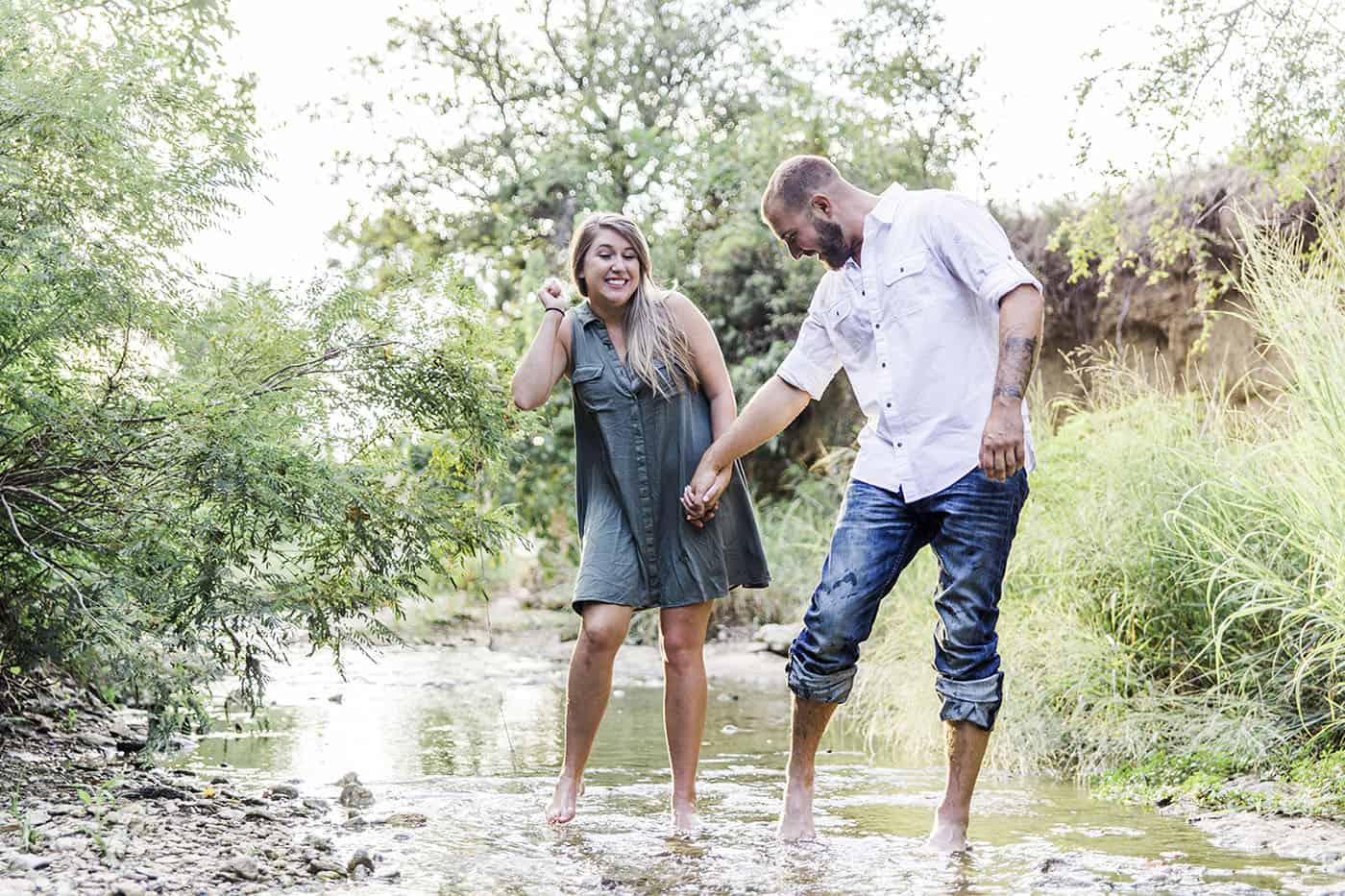
Photo by KATIE ANN BROWN, VELVET SAGE PHOTOGRAPHY
Jot Down Notes
After delivering photos and products to your client, you finally have the time to write! But you’re stuck because you can only recall bits of information that you can’t even draft a sentence.
With that said, try taking notes during your sessions that will be useful for your blog. For example, on a wedding shoot, observe and quickly jot down words or thoughts that pop into your mind!
- Why the clients picked the venue
- How the bride felt as she placed her dress on
- How the groom reacted upon seeing the bride
- A sentimental phrase someone said during the toasts
As a photographer, you get to work with a diverse group of clients. You may forget some details about them since they all have different backgrounds and personal stories. These random observations and fun tidbits empower you to recall the shoot and create an outline to weave words naturally that complement your photos!
You can also try writing about the session almost immediately after you get home so it’s fresh in your mind. As your images are importing and getting backed up, write as much as you can. Don’t worry about perfecting anything, just type! Then, circle back to the draft the next day, read through what you initially wrote, and add any new thoughts or ideas that come to mind.
Initiate Conversations and Ask Questions
Weddings and other sessions that photographers often shoot may feel repetitive – how many different ways can you really talk about the venue you’ve shot at 30 times? That’s where the power of questions comes into play so you can find unique aspects on every shoot.
Engage your clients in meaningful conversations. Even though you are a photographer, you need to go deeper than surface level questions and really dig into their story. Ask genuine questions that will urge them to share stories, which you can use to blog about your photos. In the pre-planning phase with your clients, try asking these questions and prompts to invite them to share a bit about themselves:
- How did you first meet?
- How do you stay in love?
- How do you feel about taking your relationship to the next level and officially being married?
- What’s the best part of having a partner?
- What are your goals as a married couple?
- Why they’re getting married
- What makes their family so special
- Why they chose to have photographs at this location
- What inspired them to hire a photographer in the first place
Don’t just be one of those photographers that lurks in the shadows and takes photos; make sure to form relationships and connect with people who can provide valuable information. While you can show your work through stories, supplementing them with words can develop the best content. Besides, your clients’ own words are a wonderful way to introduce your readers to the experience of working with you!
Pro Tip: How much is too much?
There are laws governing how much of an author’s copyrighted work can be quoted. If you’re in the US, learn more HERE. Crediting the author does not give you carte blanche to copy-and-paste their text. Be especially careful not to post large chunks of text, such as full song lyrics, poems, or essays. You can very easily cross into copyright infringement territory, so make sure you are clear on the laws! As a rule of thumb, if you don’t know if you should post it, err on the side of caution and don’t.
Be A Problem-Solver
Don’t waste your time telling stories your people aren’t interested in! Instead, connect with your target audience through social media channels or simple Google searches, and learn what they want to know.
Address those questions and concerns on your blog, and you’ll find people more engaged than ever!
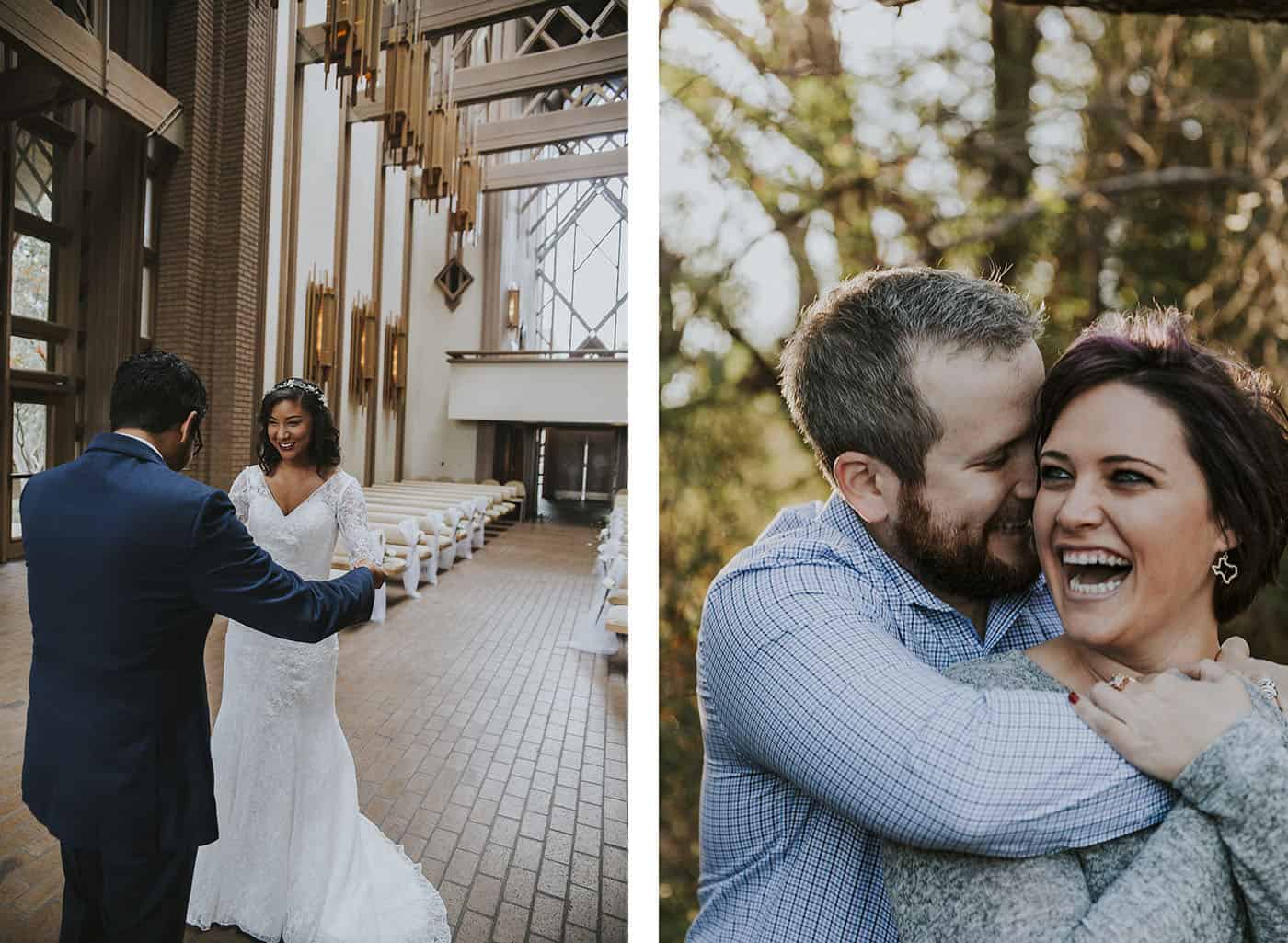
Photo by KATIE ANN BROWN, VELVET SAGE PHOTOGRAPHY
“Sometimes I don’t have any blog ideas, so I’ll sit down and search Google for inspiration. I’m also in several Facebook groups where I can see what brides are asking. That inspires a lot of informative posts, too!” – Katie Ann Brown, Velvet Sage Photography
If clients are asking, “Where should we take our photos?”…
…write a post about the best portrait locations in your city! Note: If you don’t want to share exact locations, use generic descriptors like, “quiet parks,” “urban settings,” or “meaningful destinations” – then include photographs that illustrate your point!
If parents are asking, “What should my kids wear for our family portraits?”…
…craft a What To Wear post with examples of fabulous outfits your own clients have worn!
If engaged couples are asking, “How much time should we allow for photos on our wedding day?”…
…consider a blog post like this one – with your own twist!
If non-techy parents are asking, “How can I take good photos of my kids indoors?”…
…then develop a simple guide that doesn’t include too many technicalities (and also encourages them to set up a session with you!) .
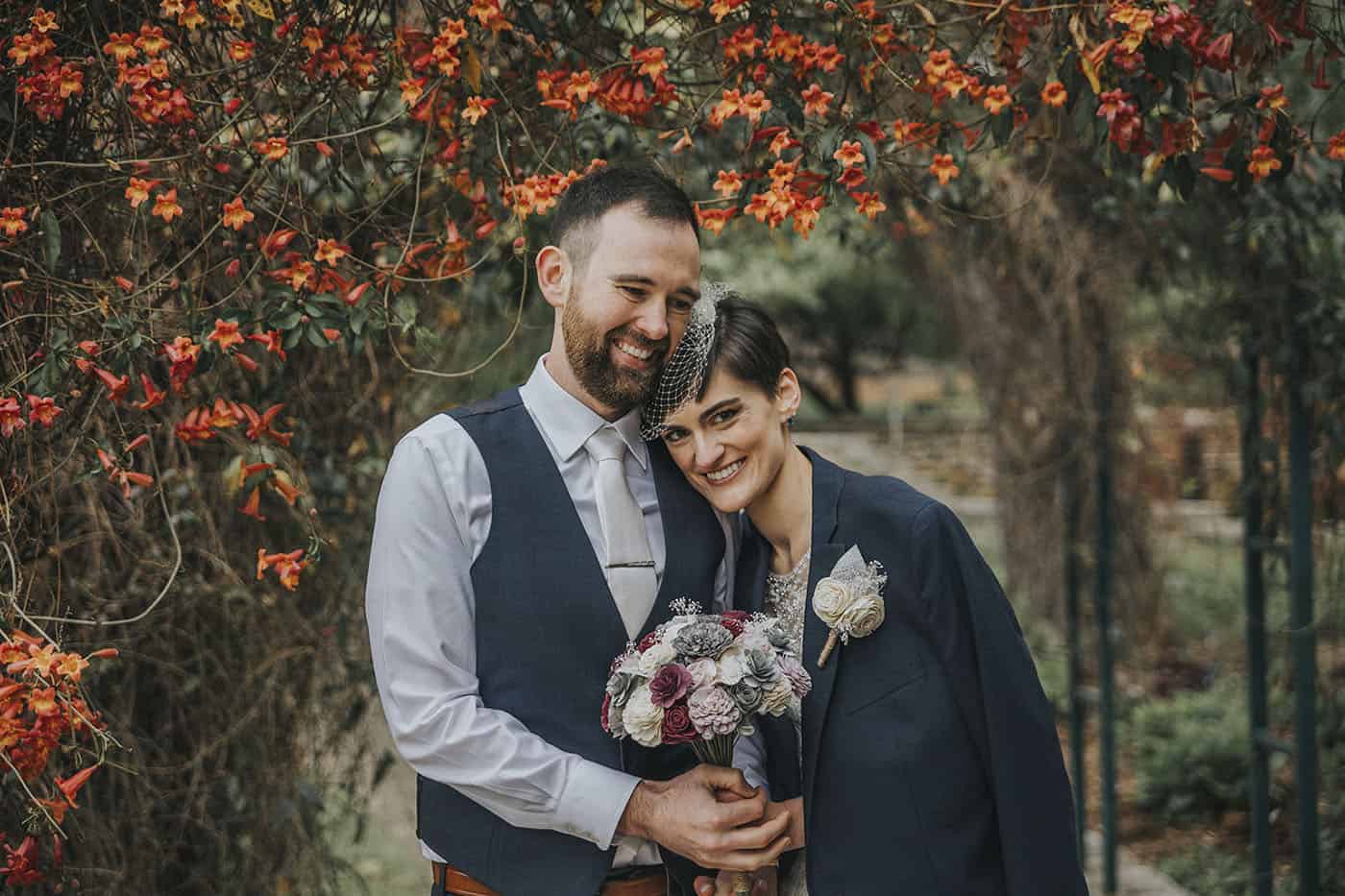
Photo by KATIE ANN BROWN, VELVET SAGE PHOTOGRAPHY
Write Articles Using Your Natural Voice
During your first few tries, you may end up emulating or getting inspiration from other photographer bloggers’ style. While this can work for a while, there will come a time when it’ll be challenging for you to write photography articles because you haven’t developed your own voice. Don’t try to start writing in a voice that is not your own–it will only create more challenges for you.
Start by thinking of the words you typically say. How do you naturally talk to people? Imagine how you write captions on your social media posts:
- Do you write in a friendly or serious tone?
- Do you like throwing in some jokes or adding humor?
- Do you add some song lyrics, inspiring quotations, or emojis?
Some of your clients may have found you through social media, and your voice should resonate with who you truly are as a photographer. This is why you have to be consistent with that tone and align it with your niche or style.
Start to Write Human Interest Stories
Many photographers stick to simple content like what camera settings they used, how they managed lighting conditions, or what shotlist they prepared before a session. It’s also common for a photographer to write a short 300 word blog about a session they recently photographed and then flood it with images.
While both of these are fine, just consider that some people aren’t after technicalities and work; they may be more interested in emotions, stories, and inspiration. Some clients will book you because of who you are and what you stand for, so sharing this side of you can help potential clients get to know you better.
Just like using your natural voice, show your personality and style by skipping tired mottos or slogans like, “And they lived happily ever after!” Rather, describe what made the moment genuine or how the event touched you.
Find Your Rhythm
Have you ever experienced getting a mental block while you’re on the shoot and don’t know what to do next? When this happens, what do you do? You might take a deep breath, put the camera down for a moment, and take a moment to clear your mind.
The same goes for blogging. There will come a moment when you’ll squeeze your photographer’s creative inspiration dry or spend hours brainstorming and just don’t know what else to write. Try making it a habit to:
- Take a break from researching, scribbling drafts, or having an excruciating staring contest with a blank page.
- Establish an environment that can help you conceptualize, start, and finish the work.
- Allocate a separate time for blogging. Avoid reading emails, preparing quotations, editing photos, or watching videos while trying to write. You may end up losing interest in the subject.
- Consult your notes or voice memos when working on your draft.
- Have people you trust read the draft and ask for constructive comments. Ask if they recall the gist of the story, the most intriguing part, and how the story made them feel.
Use the Right Tools
A good blog post is only as good as its weakest link! Be sure every element is on-point with these easy-to-use tools:
- CoSchedule’s Headline Analyzer: A great blog post is nothing without a great headline! Write better headlines with CoSchedule’s FREE Headline Analyzer tool! CoSchedule also has some great blogging PDFs you can download for free!
- Keyword Planner: Select a keyword (or keyword phrase) relevant to your topic, and sprinkle it throughout your blog post. It should also appear in your headline. You can test your keyword’s efficacy through Google AdWords’ Keyword Planner. If that’s too intimidating, check out the user-friendly Keyword Tool instead!
- Photo Metadata: Add custom metadata to the photos you’ll add to your blog post, incorporating your keywords and the title of the blog post itself. You can do this directly through your post-production software, such as Lightroom, Bridge, or Photo Mechanic.
- Yoast: If you have a WordPress blog, install Yoast for instant feedback on your blog post’s readability and SEO viability!
- Writing Templates: “Find a good writing template. Getting started is the hardest part, so having a template to refer to helps a ton!” – Katie Ann Brown, Velvet Sage Photography
We recommend one of these FREE templates from HubSpot!

Photo by KATIE ANN BROWN, VELVET SAGE PHOTOGRAPHY
Just Do It
Our featured pro, Katie, offers these final tips for getting a blog post done and published!
“Choose a quiet, clean place to get to work. No distractions while you’re writing!”
“Start writing – whatever is in your head. It doesn’t have to be good or make sense. Just keep writing for a full 30 minutes at a time, and you’ll get in the flow.”
Pro Tip: The Finished Product
When you’re done writing, read your blog post out loud. This will help you identify any spelling or grammar errors, and draw your attention to any awkwardly-worded phrases. Do this several times through until your post is perfectly polished!
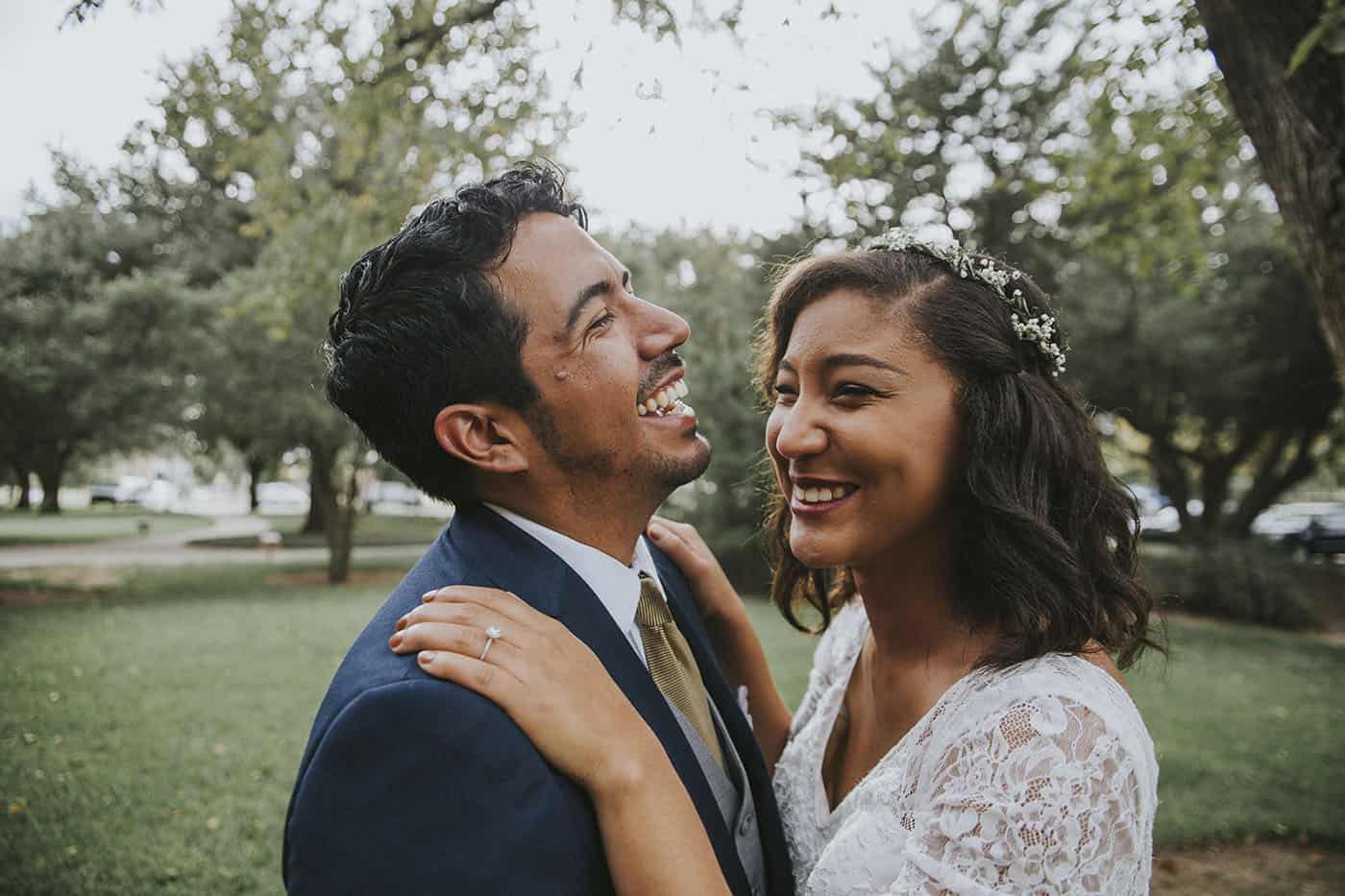
Photo by KATIE ANN BROWN, VELVET SAGE PHOTOGRAPHY
Which of these blogging tips for photographers helped you out the most?
Comment below with your own tips and ideas!
Written by ANNE SIMONE | Featuring VELVET SAGE PHOTOGRAPHY



